
Liberia has a hidden city within it, full of history and surprises. To unravel this story, the Night Tour Liberia was created— a historical tourism tour that visits some of the city’s most emblematic places.
The Voice of Guanacaste participated in the tour on Wednesday, April 20th, starting outside of the Museum of Guanacaste at 6 p.m. Everything there was going on like normal: cars, people, the refreshing breeze and the moon over Liberi that would soon light our way.
While we were waiting for more of the group that would go with us on the tour, Ernesto Elizondo, guide and tour organizer, gave a brief summary of everything we were about to enjoy.
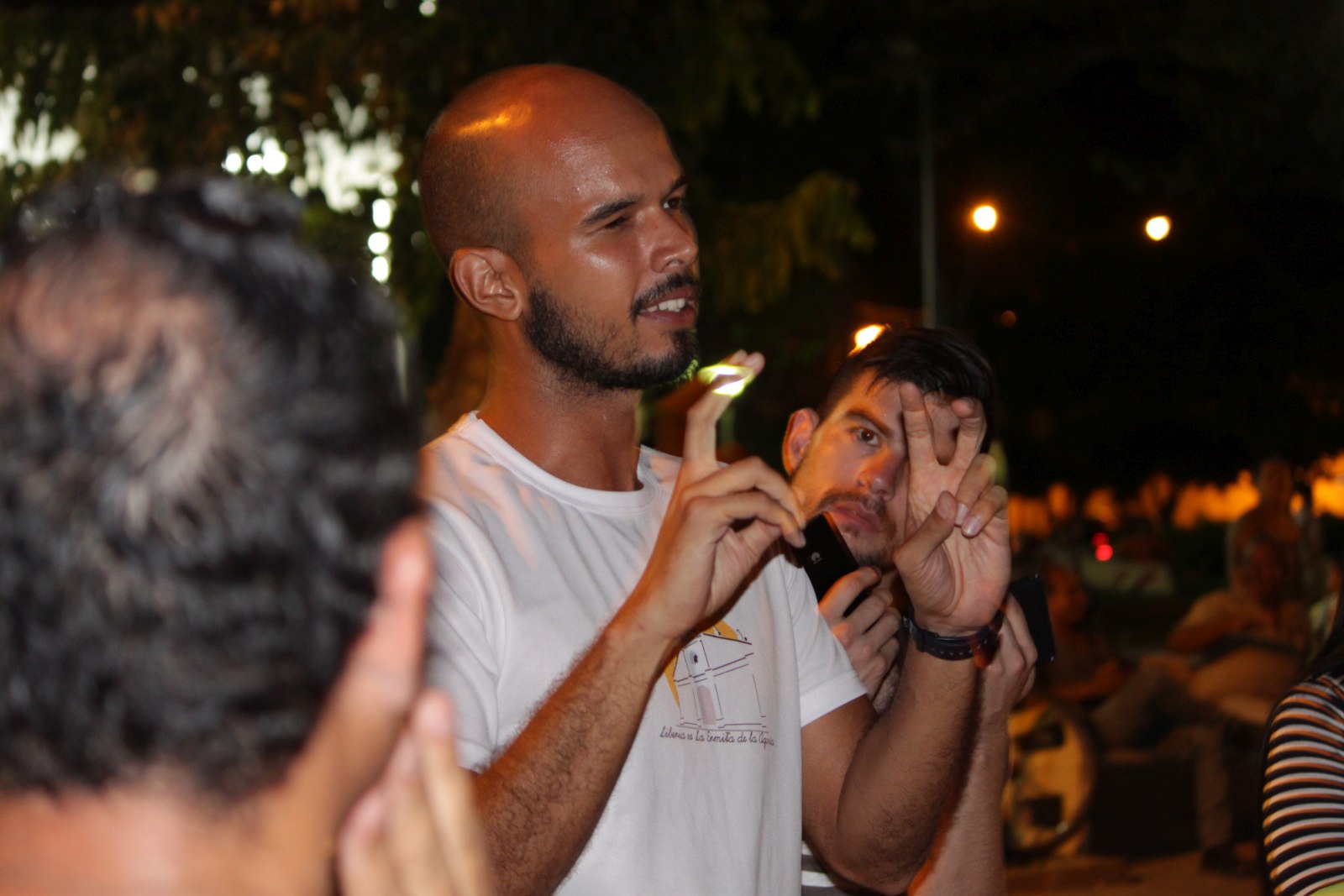
The journey begins inside the museum, where there is currently an exhibit called Vivamos La Democracia (Live the Democracy), which will be on display until the end of May, with old photographs, caricatures and objects.
Then we left the venue to start our night walk. We walked about 150 meters and found ourselves in front of the Immaculate Conception of Mary Parish, which would be our second stop.
The Interamerican Highway used to run through the space between the temple and the park, and the house that is next to the church was used to welcome people who were passing through the city, although it was bought in 1930 by the State for use as Antigua Gobernacion (Old Government).
Another detail that caught the attention of participants is that, in the city’s early days, it was walled in by five gates in order to prevent cows from causing chaos in the town.
We headed to Calle Real and traveled back to 1918 in Hotel Liberia, where we are welcomed with soft background music. One of its owners, Warner Meza, invites us to step inside while he tells us the history of the site, which has adobe walls and Italian floors.
The hotel maintains its initial four rooms, which were adapted to welcome guests with today’s standards while keeping part of the city’s history alive. It is rated as a 3-star hotel.
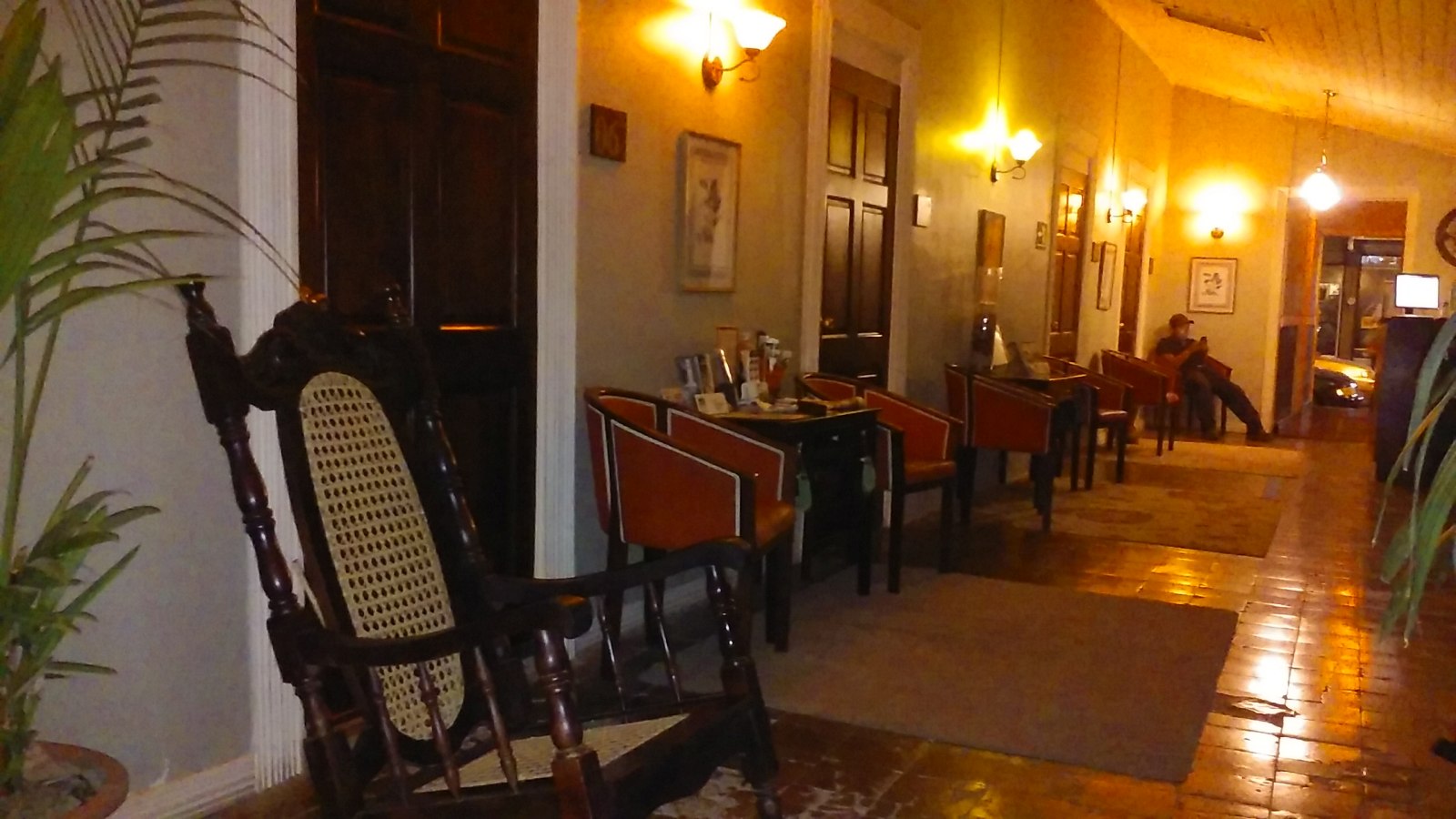
Upon leaving the hotel, the wind was stronger, the night warmer, and the desire to continue touring Liberia grew stronger.
We walked a little farther along Calle Real and came to Café Liberia, where the ceiling is adorned with a marvelous painting, lacking the signature of the artist who created it, but it fills those who see it with passion thanks to his expert hands.
Again we continue the walk, leaving the famous road and heading toward the Casa de la Cultura (Culture House), where we enjoyed its L-shaped architecture and saw the sun doors (two doors that hit each other), which helped ventilate and divide the house into two.
Our next destination was the year 1904, at Ascension Esquivel Ibarra School, which “put Liberia on Costa Rica’s architectural map,” Elizondo explained. The school was declared a Costa Rican Historical-Architectural Heritage site in 1990.
We walked a few more blocks and arrived outside of the Ermita de Nuestro Señor de la Agonía (Hermitage of Our Lord of Agony) Church. Its white walls and beautiful facade, similar to Nicoya’s colonial church, made us feel like we were back in 1865.
The guide left us alone for a minute, asking us not to move from where we were, as we watched how the moon made the white hermitage brighter and full of light.
Moments later, a creaking door welcomed us to see inside the temple. We had the place to ourselves to enjoy every detail, every corner, a whole new history that we would be told.
We saw the bells that once adorned the place, we heard the history of the big clock that was sent to Liberia, Africa but arrived in Liberia, Costa Rica, where it adorned the church with its ticktock for many years.
The tour ends right there, at the end of the century, just giving a sketch of the many hidden stories that the white city holds but managing to awaken a craving for more.
The tour is conducted the first Wednesday of each month. For information or reservations, visit the Facebook page Ciudad Oculta.


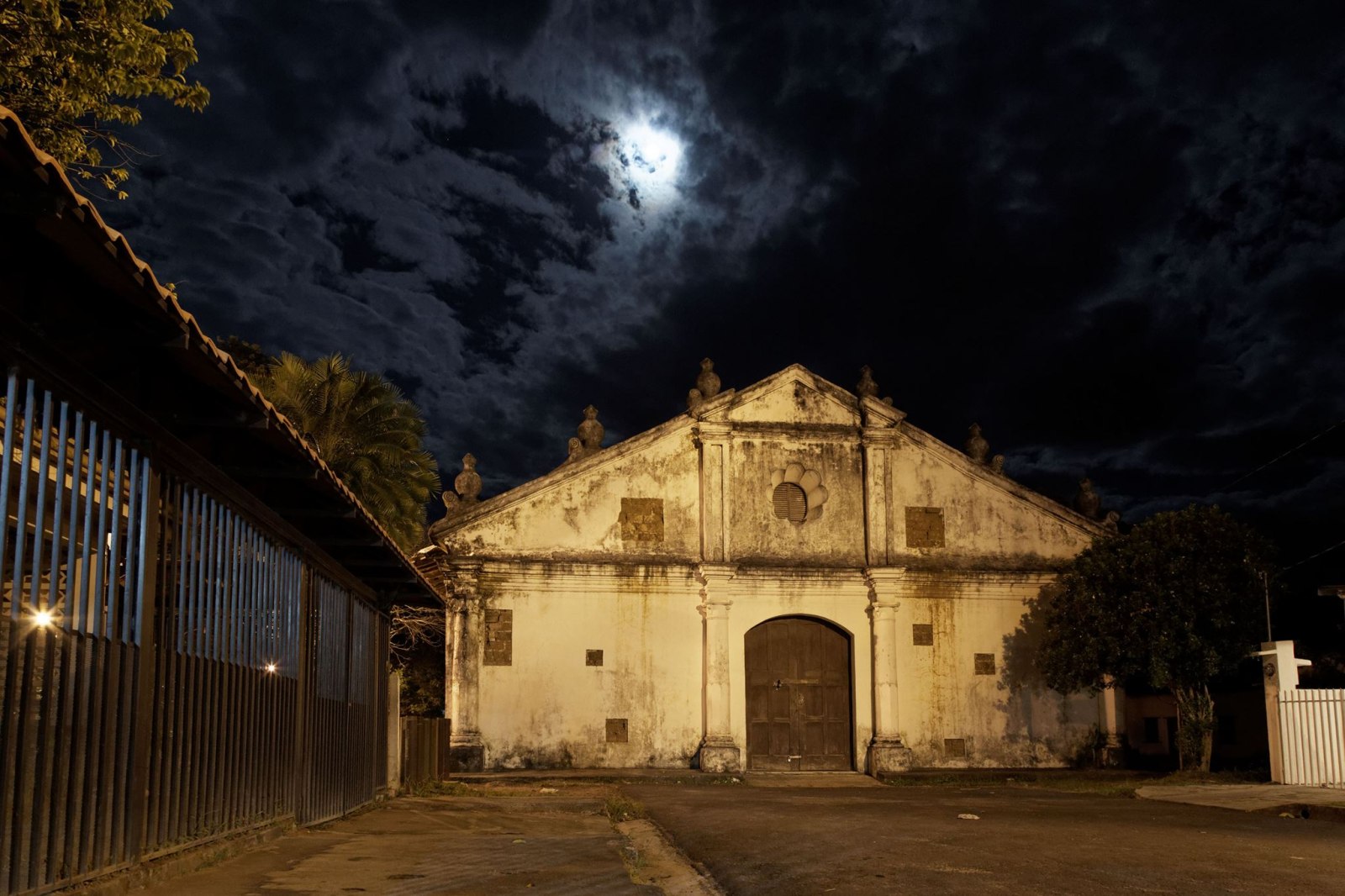
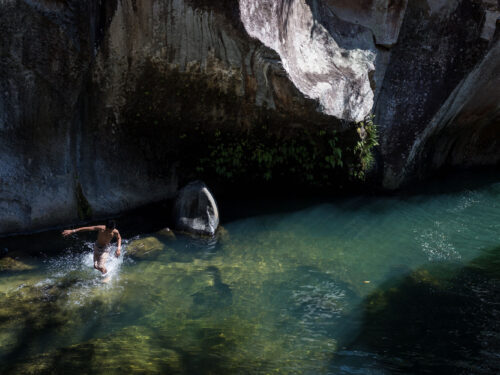
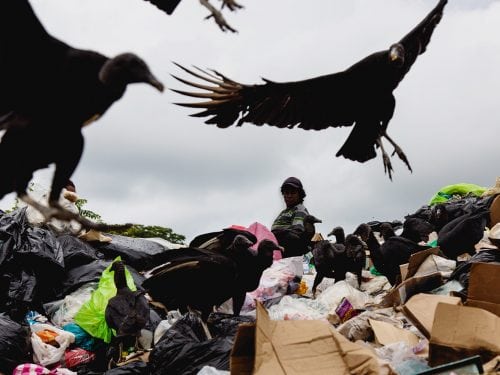

Comments